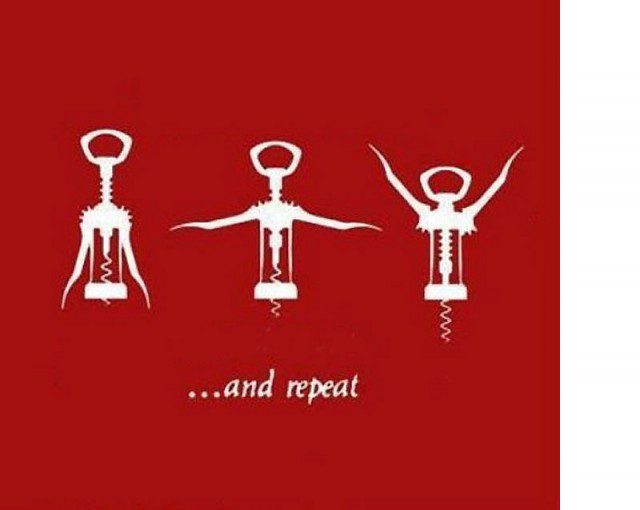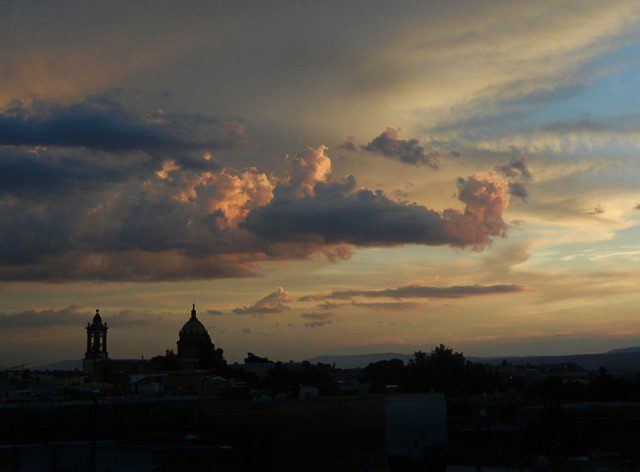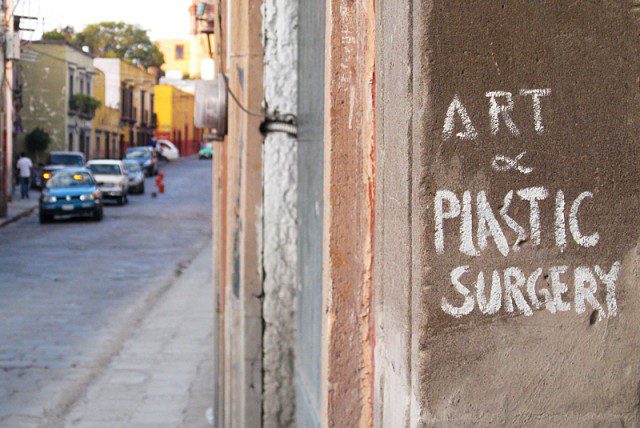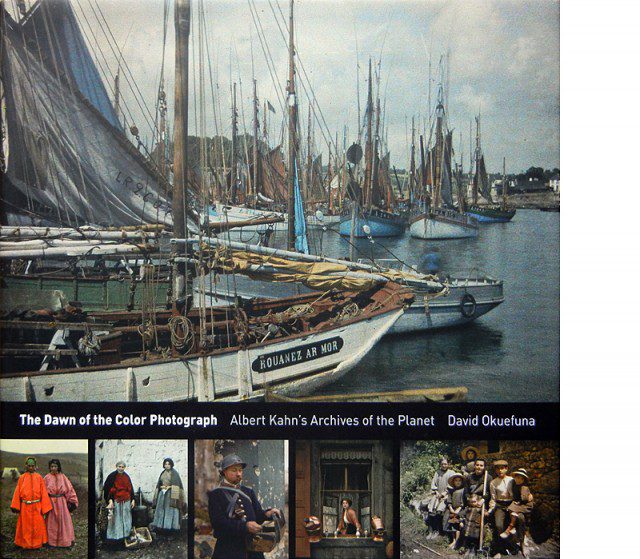This wandered in over the internet, and sadly, its originator remains unknown. I would love to have credited it. Anyway, Feliz Navidad.
Christmas Fare?
This eight (seven, six? – I never can work out what counts and what doesn’t) -pointer was comfortably grazing below my studio window in Stone Ridge last week as the crack of rifles could be heard not far away in the woods – rifle season is in full swing much to the delight of the NRA. Not that I am against hunting as such, but it is infuriating that it is impossible to get fresh venison anywhere here in New York, unlike in the New Forest when we lived in England. Mmmm! now you are beginning to look quite tasty. Anyway, as we are not going to get to eat you, and as you have been cunning enough to make it this far, we will be very happy if you get away. Hope to see you as a ten-pointer next year.
Armless Enough
Why doesn’t Our Lady of Loreto have any arms? Funny you should ask. In 1291, fearing the imminent attack of the Turks, Our Lady of Loreto picked up the house in Nazareth in which Mary was born (somewhat upgraded here from the original humble cottage) and flew it eventually to Loreto in Italy, after a couple of stopovers in Tersato and Recanati. As such, she is now the Patron Saint of Aviation (no kidding). Now the arms bit. There are several accounts. One is she couldn’t be bothered to take the trip herself, so just sent her arms to carry the house. Another version seems to do with it being a bit more of a load than she imagined and her arms fell off somewhere on the way. Anyway, she doesn’t have any anymore. She ended up in San Miguel courtesy of conquesting Spaniards. Each year at this time the Chapel of the Our Lady of Loreto in the Oratorio is opened to the public, announced at 6 AM (just as you have got nice and cosy) with fireworks, a brass band, and a deranged, endless, and wonderful ringing of bells. As we live right under the Oratorio, we have an intimate knowledge of all this. Now back to bed, no arm done.
Corny Constable Sunset
After a somewhat unusual (as usual) summer so far, the weather in the Bajío here in Mexico has returned to the typical brilliant blue skies with hot afternoons and cool evening breezes, and the usual dramatic sunset skies that Constable would have delighted in. Photographed from our rooftop terrace, the Church of the Immaculate Conception, known locally as Las Monjas (meaning “The Nuns”), founded in 1754 and still housing an active cloister of nuns, stands out on the nearby skyline. The dome is copied from that of the Church of Les Invalides in Paris.
Art and Plastic Surgery?
Well, I suppose if you can smack around a lump of clay or hack away at a chunk of stone, you can do the same thing to someone’s face.
Compact Cactus Disk
Walking down the Calzada de la Luz this week we came across this arresting apparition – wondering whether it was a miraculous natural cactus evolution, or whether someone had spectacularly lodged the CD there, frisby-like, from twenty feet away, which is the nearest you can get to the plant. Best of all, just to add to the classiness of the whole thing, the CD is of Bob Marley and the Wailers.
Bed Among the Lentils
In 1987 Alan Bennett wrote a short monologue entitled Bed Among the Lentils, wonderfully rendered by Maggie Smith (click here for the YouTube version) as part of the Talking Heads series for the BBC (also available as a great DVD set). I was always fascinated by the somewhat inscrutable title, but it was not until this week in the Mercado in San Miguel that I actually came upon it in reality. Here, blissfully taking a nap after school, is the daughter of the lady at the back of the market who sells all the grains – where the lentils, black beans, and arroz integral sit intermixed with the bird feed and cat litter. Choose carefully.
Albert Kahn’s Incredible Archives of the Planet
It is startling to see the world of one hundred years ago in color, and doing so seems to bring us much closer to the subjects of Albert Kahn’s Archives de la Planéte. From 1908 until the 1920’s, Kahn sent teams of photographers around the World to record the cities, countryside, and lives of the people who lived there – from London, to Brazil, to Mongolia. The resultant collection of more than 72,000 Autochromes, a pioneering color photographic process employing dyed potato starch granules, brings to life a time when national or even local dress was an essential component of personal identity, and the way of life was more often than not one of deprivation and endurance. The Dawn of the Color Photograph, published by Princeton University Press, brings together a tantalizing selection of this remarkable treasure trove of the soft, grainy, and subtly colored images that Kahn has left us. Images that will haunt you and which will draw you into the faraway lives and times they capture.
On the Rocks, Part Two
One of the unusual surprises in Central Park are the turtles, locally known as sliders, which climb onto the sun-warmed rocks around the Park’s several lakes. There name refers to the fact that when you approach, they silently slide backward to disappear into the water.
On The Rocks
In the interest of the Free Press, and the irresistible desire to humiliate, Arrest is published for those who wish to ascertain there are still those who are in deeper doo-doo than they are – or just to make sure that their mugshot hasn’t been included. Luckily, in Carroll, Haralson, Douglas, and Paulding counties in Georgia, there is sufficient business at the local jails to publish twenty pages of such unfortunates on a weekly basis, plus, as a bonus, the FBI’s ten most wanted on page eighteen. On the subject of checkout line publications, I wish I had kept the copy of the National Enquirer with a photo on the cover of a farmer with a shotgun holding up a six-foot grasshopper by the back legs that he had just hunted down.










